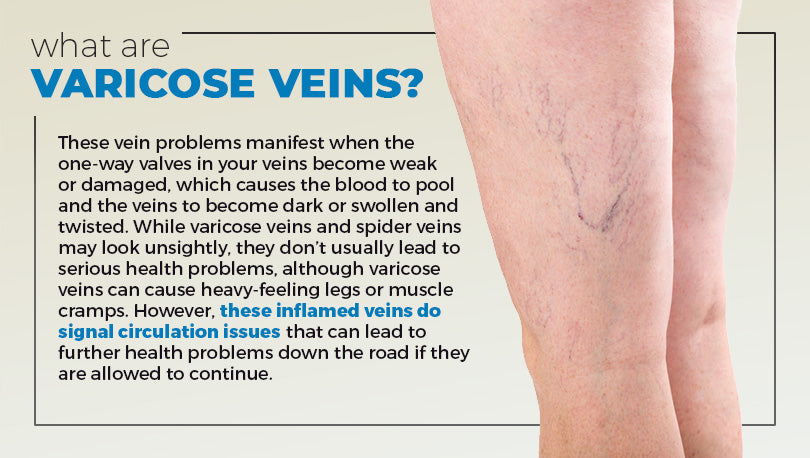
A doctor may prescribe special compression stockings to help prevent the development of varicose veins. These stockings apply pressure to the veins and help them flow blood better. They can be purchased from medical supply stores or drugstores. If you think you have varicose venous reflux, an ultrasound can help identify the problem. In some cases, invasive procedures may be necessary. Your doctor will advise you whether treatment is appropriate for your case.
Varicose veins are most common in women
While men aren’t as likely to develop them, pregnant women can develop them. The condition usually disappears within three to twelve months of giving birth. Age also increases your risk for developing these venous reflux. Aging weakens the walls of the veins and causes them to swell. This condition is more common in women. Hormonal changes during pregnancy can also cause varicose veins in women.
Symptoms of varicose veins in the legs include swollen ankles, heavy legs, itchy legs, and muscle cramps. Moreover, patients may experience leg pain, aching, and discoloration of the skin. In the worst case scenario, they may develop ulcers. In either case, you should seek medical advice. In severe cases, you should consult a physician.
People with superficial varicose veins may experience a lot of bleeding and need medical attention. They should elevate their legs with a bandage for 15 minutes and keep them bandaged. If the bleeding continues for longer than 45 minutes, you should visit your doctor. It’s important to get an accurate diagnosis of the condition to prevent complications. You should also consider any other possible causes of your symptoms so that you can avoid any dangerous situations.
Some people with superficial varicose veins may experience bleeding and throbbing
It’s important to see a doctor if you are experiencing any of these symptoms. Having a doctor’s diagnosis is very important, but it’s worth it. You may be surprised to learn that you don’t need any treatment to relieve these symptoms. If you have these symptoms, see a doctor as soon as possible.
If you have any of these symptoms, you should contact your doctor immediately. The swelling and pain from varicose veins can be painful. If you’re experiencing any of these symptoms, you should seek medical attention. These symptoms should not be ignored because they’re often the early signs of other health problems. With proper treatment, they can reduce the risk of other complications, such as leg ulcers and thrombosis.

Symptoms of varicose veins include swollen ankles and feet and leg aches. It’s important to find a doctor who can diagnose the condition in the most effective way. These symptoms are a warning sign that you should consult with a medical professional and get a diagnosis. A doctor will examine your legs and ask you about your symptoms. You can also request tests to diagnose your varicose veins.
Your doctor may also perform some tests to diagnose your condition
Symptoms of varicose veins include swelling of the ankles and legs, itching in the legs, and redness of the skin on the lower legs. These symptoms may be caused by weakening of the blood vessels in the leg. As a result, additional tests may be required. However, if you notice any of these symptoms, your doctor may perform additional tests and prescribe the correct medication.
Other symptoms of varicose veins include heaviness and pain in the legs. Your legs may feel heavy or swollen. They may itch or bleed easily, and may be uncomfortable walking, standing, or sitting for long periods of time. You may also notice discoloration or sores on the skin. Your doctor may recommend treatment based on your specific symptoms. But remember that this condition is incurable and it is best to see a doctor and use a cream Variste
as soon as you start noticing any of these signs.
Varicose veins are most noticeable when you are standing. The condition may also be accompanied by swelling and discoloration of the skin. If you have these symptoms, it’s best to see your doctor to determine the cause. There are usually several types of treatment, including lifestyle changes and compression therapy. In some cases, more than one treatment may be required, and other people may be at risk for more serious conditions.
